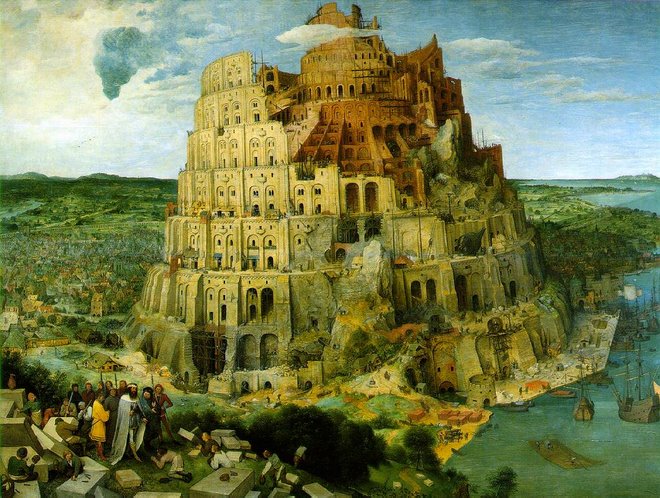
 «Après des études d'Histoire, d'ethnologie et de Sanskrit à Aix-en-Provence, Jan-Mari Carlotti commence à chanter en Provençal avec Mont-Jòia qui participe activement à la renaissance de la chanson et de la musique traditionnelle du Sud-Est (73-83). Responsable des Rescòntres de la Mar (premier festival dédié aux musiques méditerranéennes) il mène plusieurs enquêtes son et vidéo sur la culture populaire occitane et méditerranéenne (76-85) et participe à la fusion Bachas/Mont-jòia (81-83), avant d'enregistrer Linhana, premier disque sous son nom (84). Il est également auteur de l'Anthologie de la nouvelle chanson Occitane avec F.Bard (Edisud 1984), du catalogue et de l'exposition Affiches du Pays Valencian avec Soledad Desfilis (1985).
«Après des études d'Histoire, d'ethnologie et de Sanskrit à Aix-en-Provence, Jan-Mari Carlotti commence à chanter en Provençal avec Mont-Jòia qui participe activement à la renaissance de la chanson et de la musique traditionnelle du Sud-Est (73-83). Responsable des Rescòntres de la Mar (premier festival dédié aux musiques méditerranéennes) il mène plusieurs enquêtes son et vidéo sur la culture populaire occitane et méditerranéenne (76-85) et participe à la fusion Bachas/Mont-jòia (81-83), avant d'enregistrer Linhana, premier disque sous son nom (84). Il est également auteur de l'Anthologie de la nouvelle chanson Occitane avec F.Bard (Edisud 1984), du catalogue et de l'exposition Affiches du Pays Valencian avec Soledad Desfilis (1985).Depuis 1984, il joue en solo Ielis d'Emperi (chansons des confins de l'Empire) ou en groupe notamment Anita/Anita avec P. Vaillant, R. Tesi et D.Craighead (85-88)... Chants du Delta du Rhône avec D. Segrè et Ch. Zagaria. (85-91)... Trobar 1 avec Michel Marre (depuis 93)... Mont-Jòia repris, en 95, avec Patrick Verdiè, et depuis 2004 avec Silvio Peron et Gabriele Ferrero... avec la danseuse de Bharata Natyam Armelle Choquard (2003). Autodidacte, il est avant tout "troubadour" (auteur et compositeur de chansons).» (Mont-joia.com)
 «Jan-Mari Carlotti, di Arles, in Provenza, è uno dei migliori e originali cantanti solisti nell’ambito della musica popolare di riproposta. Fondatore del gruppo Mont-Joia ha aderito in seguito al gruppo Bachas - Mont-Joia, per poi intraprendere un’attività solista e di collaborazione con Patrick Vaillant e altri musicisti. Il suo consistente repertorio spazia dalla rivisitazione di canzoni tradizionali e nouvè provenzali, al repertorio dei trovatori, fino alle canzoni di sua composizione. Da segnalare, tra le varie cose, la partecipazione di Jan-Mari come autore e cantante nel progetto Anita Anita che ha portato nel 1988 all'uscita dell'ormai mitico disco, emblema della nuova musica occitana, realizzato da Carlotti e Vaillant insieme a Riccardo Tesi e Daniele Craighead.»
«Jan-Mari Carlotti, di Arles, in Provenza, è uno dei migliori e originali cantanti solisti nell’ambito della musica popolare di riproposta. Fondatore del gruppo Mont-Joia ha aderito in seguito al gruppo Bachas - Mont-Joia, per poi intraprendere un’attività solista e di collaborazione con Patrick Vaillant e altri musicisti. Il suo consistente repertorio spazia dalla rivisitazione di canzoni tradizionali e nouvè provenzali, al repertorio dei trovatori, fino alle canzoni di sua composizione. Da segnalare, tra le varie cose, la partecipazione di Jan-Mari come autore e cantante nel progetto Anita Anita che ha portato nel 1988 all'uscita dell'ormai mitico disco, emblema della nuova musica occitana, realizzato da Carlotti e Vaillant insieme a Riccardo Tesi e Daniele Craighead.»
Thanx to Giuliano for this post.
Link in comments























